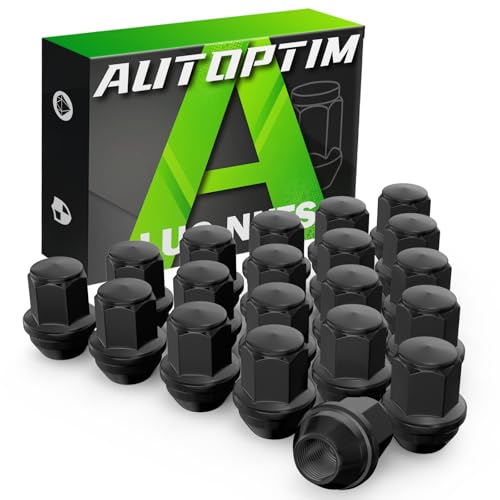- Joined
- Sep 12, 2015
- Messages
- 8,060
- Reaction score
- 3,165
- Location
- SW Ontario
- My Car
- 1971 Mustang Mach 1, M code, 4 speed.
Tony, I get what you're saying. A 3/4" bar might be better, but ADDCO don't offer that option. Unfortunately the one they currently offer for our cars is wrong. On mine, I have the 1 1/8" up front which does seem to balance the car out ok. Like most, I'm not an engineer, so we guess, for the want of a better word, at what will work. As for material the bars are made of, well we have to trust the manufacturer did his homework. they don't stipulate the grade of steel they use. I don't overdrive my car, but it will handle curves without scaring the sh*t out on me. However, I appreciate your input. Thanks.Adding a stiffer sway bar is not necessarily better. First of all, unfortunately, we look at sway bars by their diameter but that's not the only important aspect. Also important is the material, which defines how stiff it is, and the distance from the center of the cross-bar to the attachment point in your springs, which defines the leverage.
After figuring out the above then you have to think that the stiffer the sway bar is, the more lateral force the rear axle will be seeing, which could lead to more oversteer. The way it works is that the more the sway bar limits the roll of an axis, the more that axis "gets" the total lateral force of the car compared to the other axle. Therefore, it is critical to balance the roll between the front and rear to keep all under control.























































